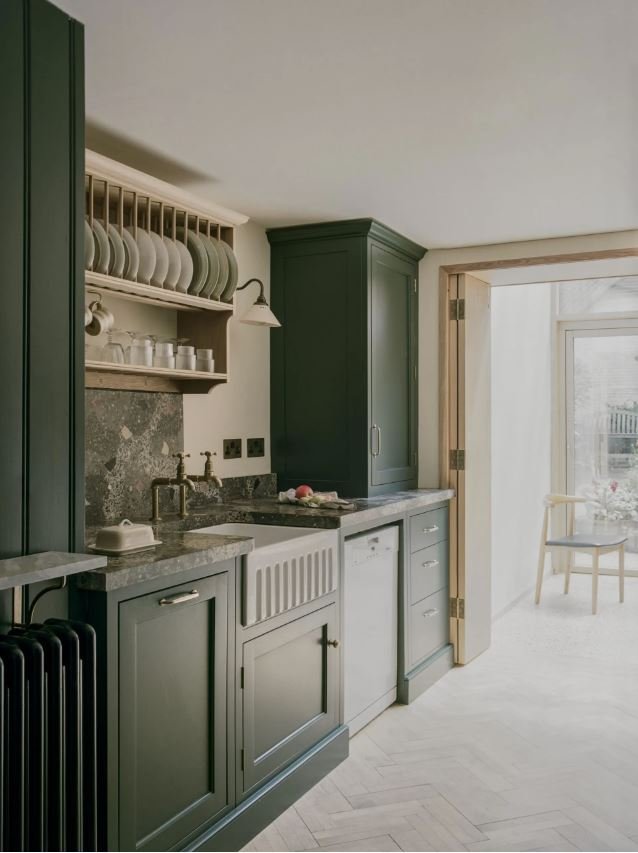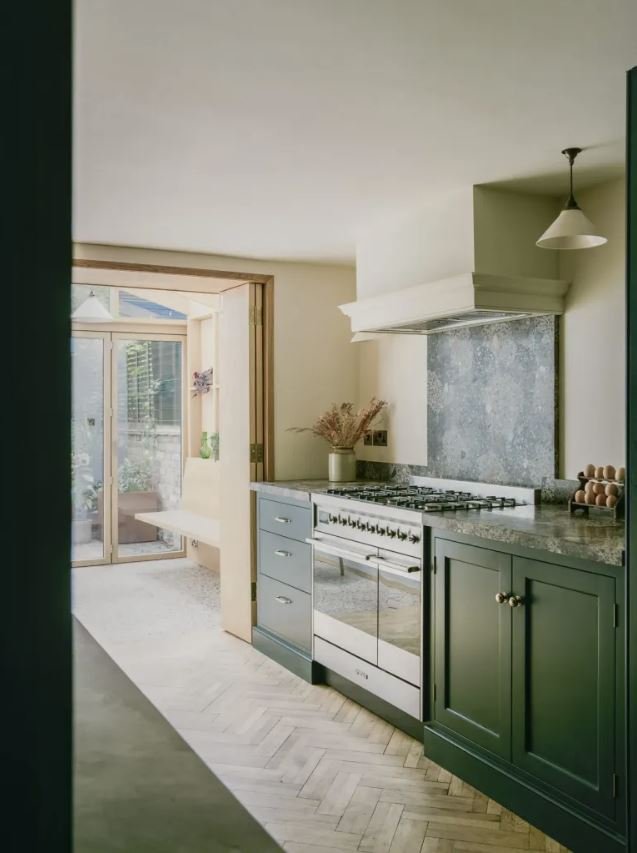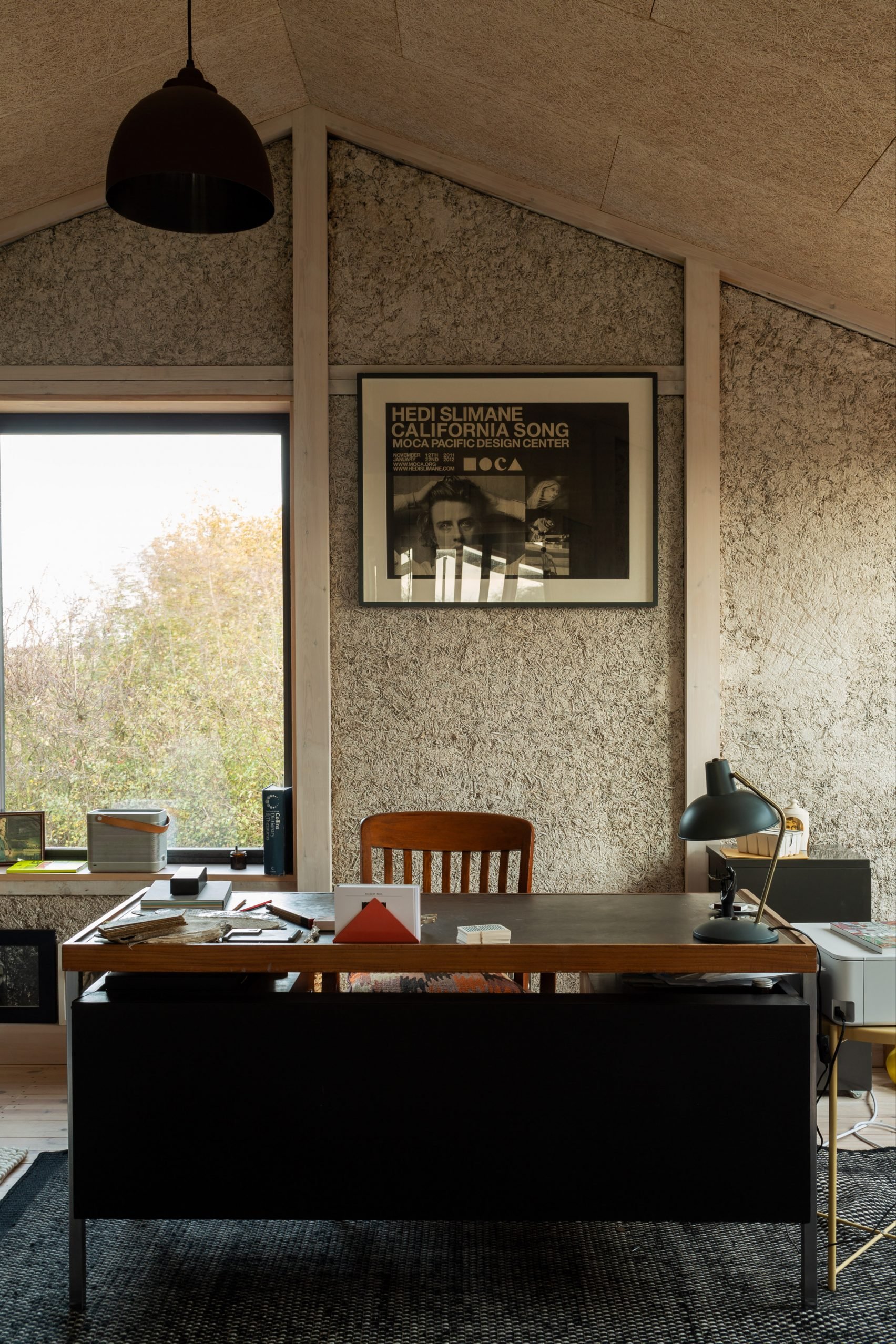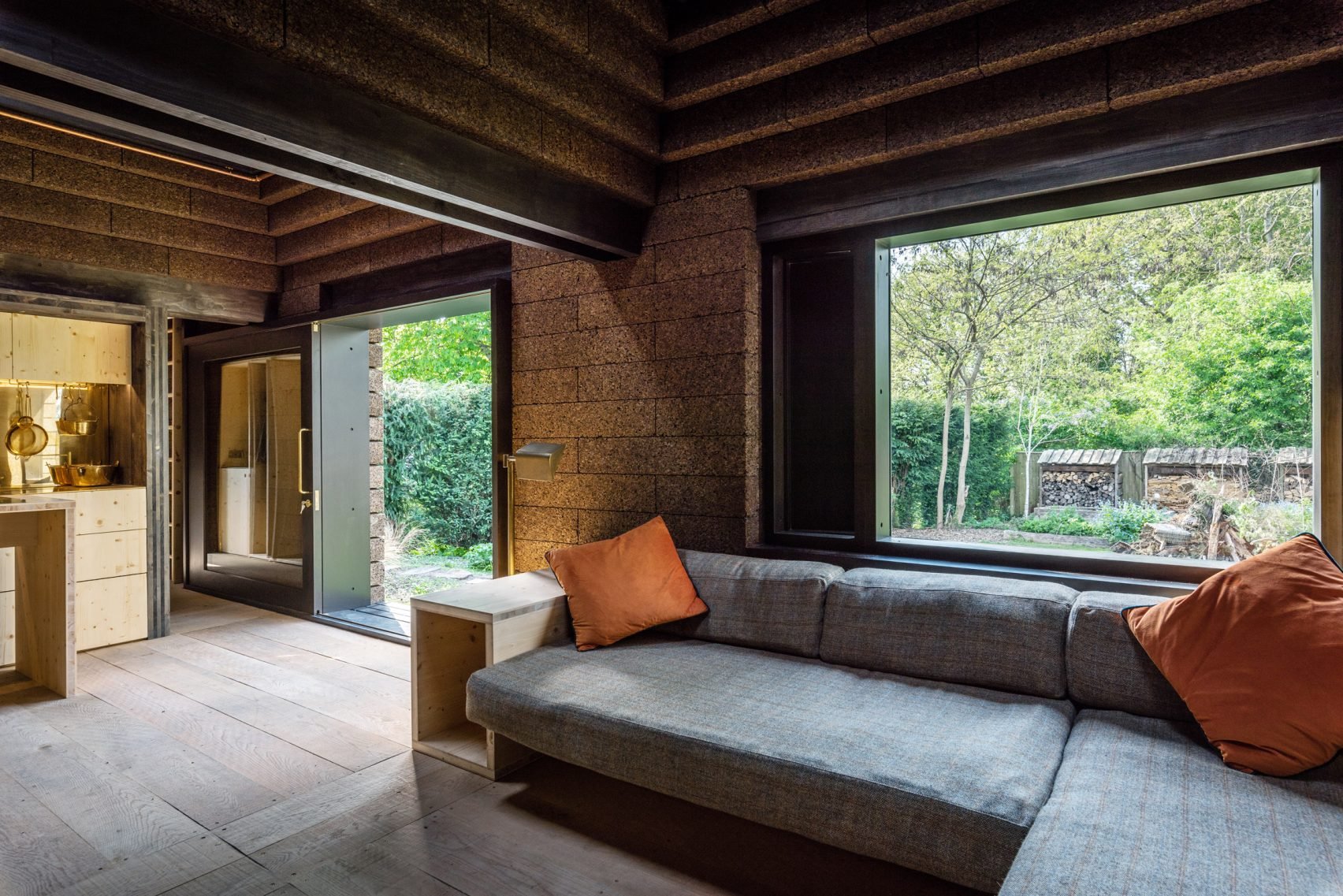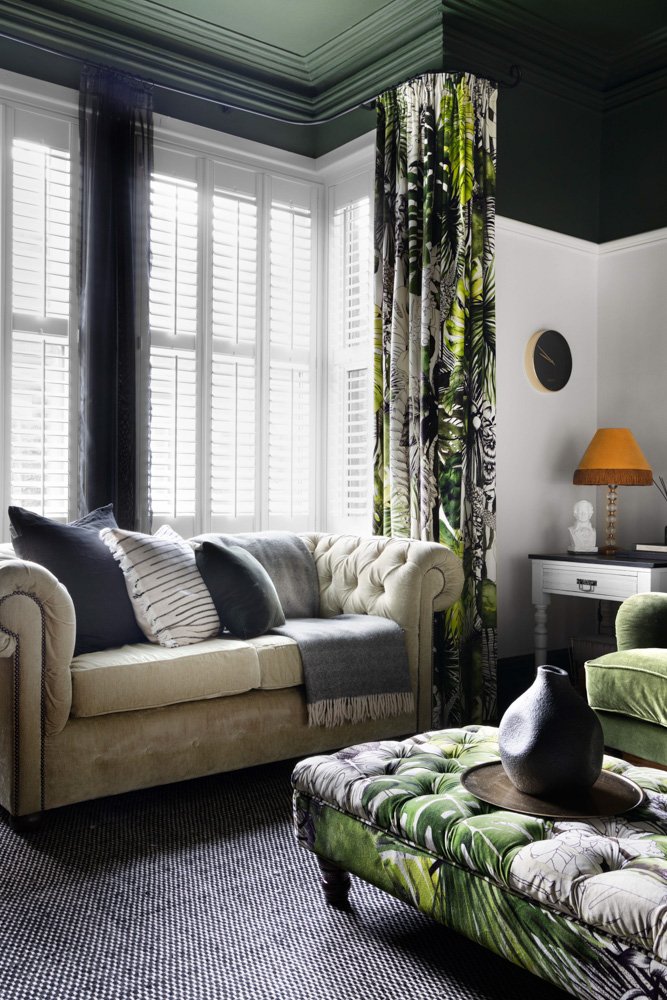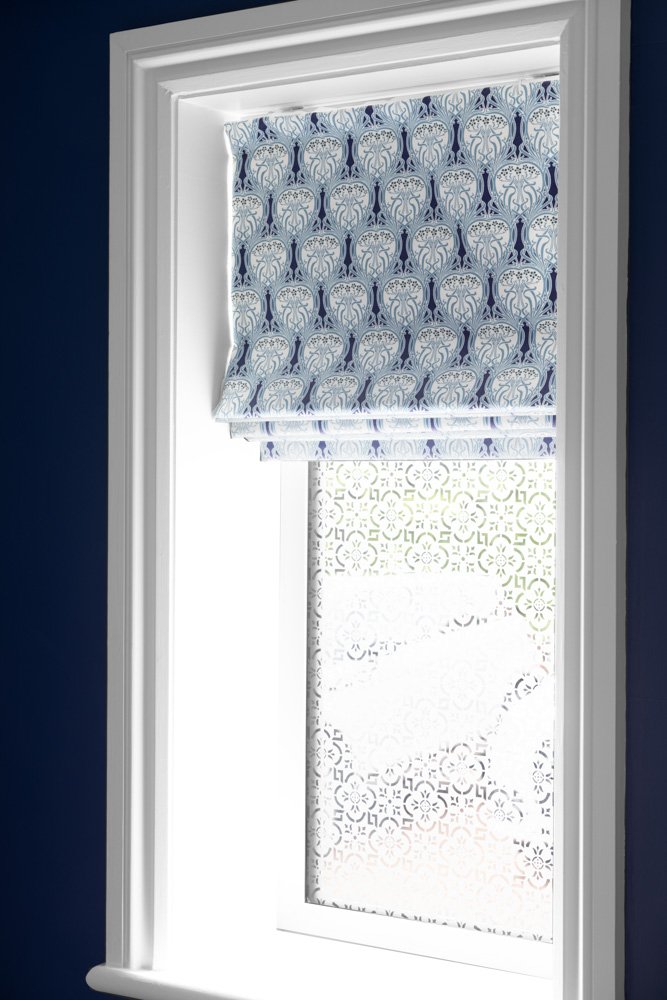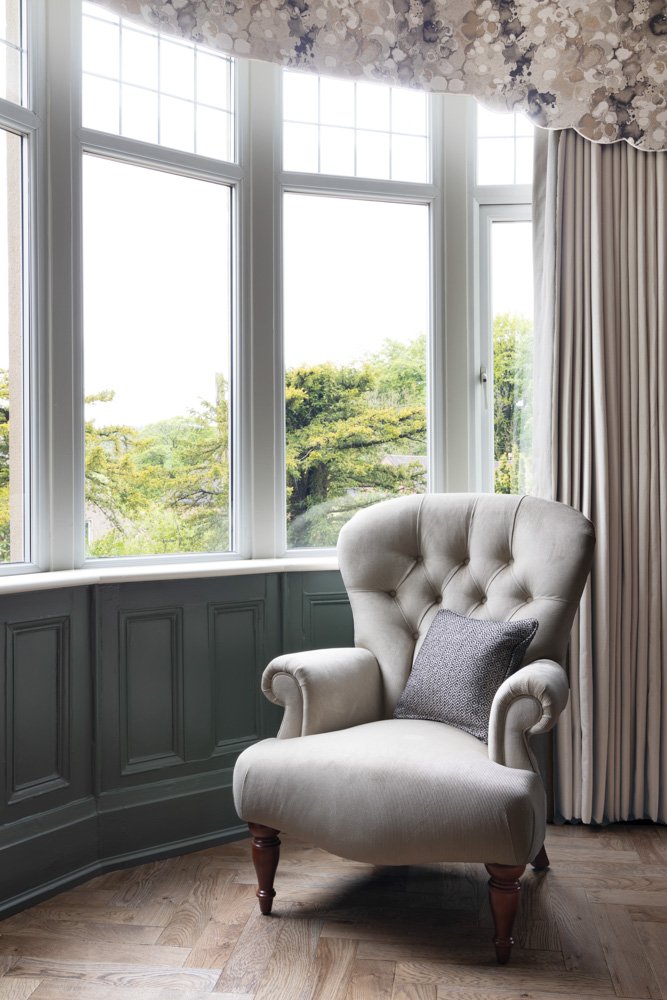How to make your interior renovation more sustainable
For many, interior design may not be synonymous with sustainability, as they consider renovation be to a total rip out and replace. However, this doesn’t need to (shouldn’t) be the case! From energy efficient design to eco-friendly products, we’ve looked at just a few of the ways you can make your renovation project more sustainable.
If you buy a product recommended on our blog, we may receive a small commission, without any cost to yourself.
Adapt & Reuse
Finding a new use for items and materials found on site will not only be kinder to your budget but can also make for some really interesting features! We recently adapted an antique desk into a double sink unit, to create a focal point and one-off piece in our client’s bathroom.
Making the best of what already exists to reduce the amount of waste generated can also include the rubble from your demolition! Granby Rock is a unique terrazzo-like material composed of recycled building materials. It’s used for table, tiles, splash backs, kitchen worktops and fire surrounds.
Using materials with an interesting back story and taking the time to search for meaningful found pieces, can add a real authenticity to your design. Check out Retrovius for architectural salvage and unique homewares. Buying antique, vintage or second hand furniture is not only environmentally friendly, but also creates talking points within your interior. The same applies to upcycling your existing pieces, but we’re not talking shabby chic and chalk paint! For inspiration take a look at Relovedmcr who totally transform and give a new lease of life to vintage furniture items.
Choose Eco-Friendly Materials
Natural materials like wood and stone are obvious choices for building, but why not think outside the box and look at biomaterials such as cork, hemp and cane, to reduce the carbon footprint of your build. Given its accelerated growing time, bamboo is a far more renewable source than timber!
For more decorative materials with an interesting back story, check out Smile Plastics whose hand crafted panels are made from recycled waste, and CArrelé tiles which are made from discarded eggshells!
Choosing suppliers who use recycled materials is also a great option for furniture and accessories, if antiques and upcycling aren’t your thing. Heals has released a range produced from salvaged ocean waste, plastic bottles and fashion industry offcuts. Also check out Tacchini Italian Furniture and Tala for lighting.
Design for Energy Efficiency
Energy efficient design is about reducing the amount of energy needed for heating and lighting. When building from scratch, this can be achieved through insulation and window selection, but what if you’re renovating an existing space? Make the most of natural light - doing this will depend on the mood you’re looking to achieve and the amount of privacy needed. For example, this client’s living room was very close to the pavement and they didn’t want every person who walked past having a nosey inside. Therefore, we opted for plantation shutters, as you can have them closed all the time whilst still allowing light through the louvres.
If you don’t want to choose between privacy and light, decorative window films are a fun option!
When it comes to heat, fitted carpets are more energy efficient than exposed floor boards, but you could use a large area rug to minimise drafts. Heavy curtains such as velvet will provide more insulation than a sheer voile (but there’s no reason you can’t layer both!)


